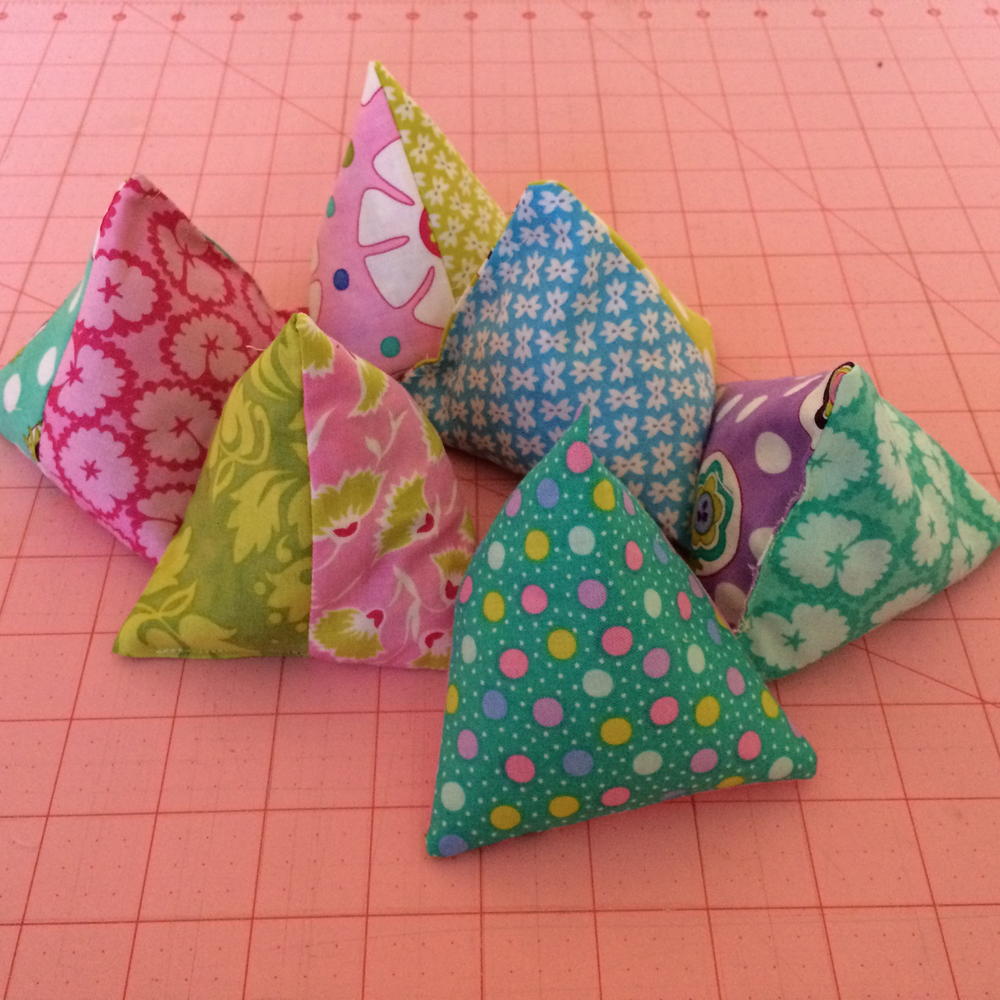Sewing Pattern Weights
Sewing is an art that requires precision and accuracy, and having the right tools is essential for achieving the perfect output. That is why pattern weights are an indispensable sewing essential for every seamstress or tailor. Pattern weights help to hold pattern pieces in place while you cut, giving you better accuracy when cutting your fabrics. In this post, we will explore everything you need to know about pattern weights, from what they are, to how they are used and the materials required to make them. We will also explain the different pattern sizes and show you how to use pattern weights to perfect your sewing game.

Description
Pattern weights come in different shapes, sizes, and weights depending on your preference. They can be made from various materials ranging from steel, lead, sand, glass, even river rocks. You can also make them yourself using scrap fabrics, filled with anything from dry beans to small rocks. A significant advantage of using pattern weights rather than pins is that they prevent puckering in the fabric, and they ensure that the pattern pieces maintain their exact position relative to each other.
Materials
To make your own pattern weights, you will need various supplies such as fabric remnants, dry beans or small rocks, and a sewing machine. To create a more personalised and aesthetically pleasing pattern weight, you can also use speciality fabrics like leather or even scrapbooking paper. If you prefer to purchase already made pattern weights, there are several options available online and in-store, like the Clover Pattern Weights or the Dritz Sewing Pattern Weights.
Pattern Sizes
Pattern weights come in different sizes to suit different pattern sizes. For smaller pattern sizes, smaller weights are needed while larger patterns would require heavier weights. The weight of the pattern weight is also important, as it needs to be heavy enough to hold the pattern pieces in place without slipping, but not too heavy that it damages the fabric. Make sure to choose the right weight for your pattern to ensure that you achieve the perfect cut for your project.
How To Use Pattern Weights
The first step in using pattern weights is to spread your chosen fabric on your cutting surface, smoothing out all wrinkles and folds. Next, use your chosen pattern weights to hold the pattern pieces in place onto the fabric. Begin the cutting process using a rotary cutter or fabric scissors, cutting accurately along the marked lines on the pattern pieces. The pattern weight holds the fabric flat during this process, reducing any unnecessary movement that may cause a less precise cut.
Once you have cut out all the pattern pieces, you can remove the weights and begin the sewing process. Remember to choose a fabric that is compatible with the pattern you are working with and follow the sewing instructions carefully to achieve the desired results.
Conclusion:
In conclusion, using pattern weights is an excellent way to achieve accurate and precise cuts when sewing. Whether you choose to purchase them or make them yourself, pattern weights are an essential tool in every seamstress's toolkit. Understanding the different materials, pattern sizes, and how to use them will help you to achieve better results in your sewing projects. So next time you start a new sewing project, remember to add pattern weights to your list of essential tools.



Post a Comment for "Sewing Pattern Weights"